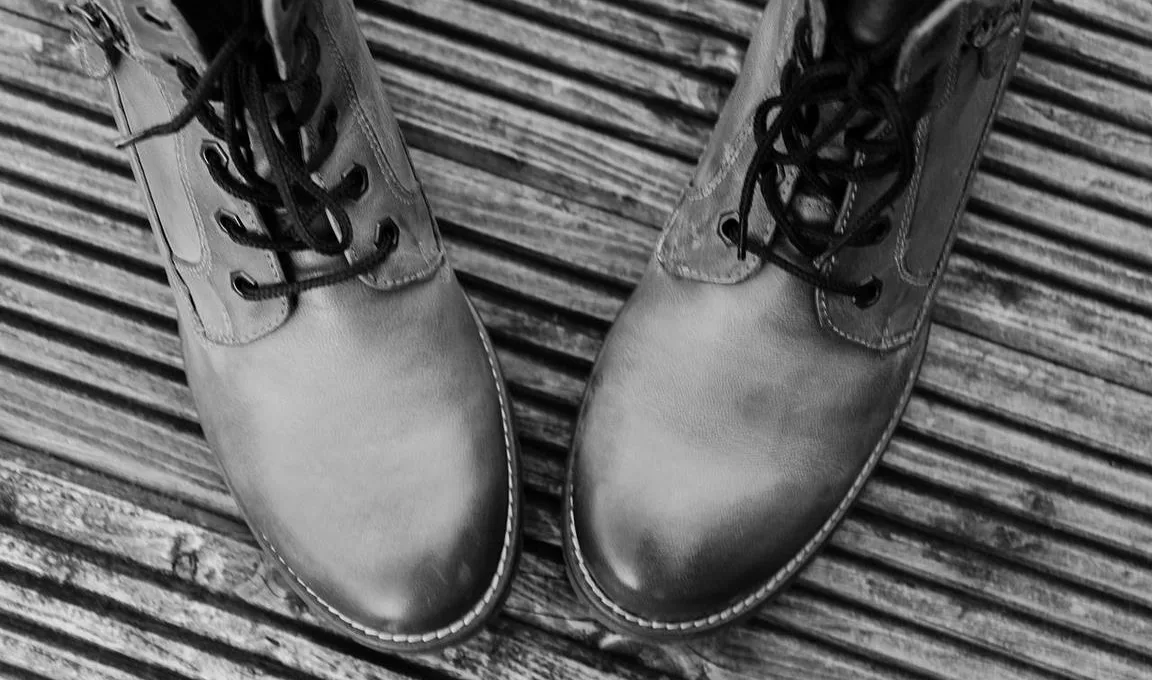If you are planning to buy a pair of shoes in a different country, you should know how to convert shoes size from US to EU. There are several steps to follow to make sure that you purchase the right size. Read this article to learn about shoe sizes, their measurements, and the right stores to buy your new pair of shoes. Moreover, you will find out how to measure your feet to get the right shoe size.
Converting shoe size
If you’re planning on traveling and need to know how to convert a shoe size from one system to another, it’s essential to understand the differences between European and American sizes. European shoe sizes are much smaller than their American counterparts, so you may need to get a conversion chart. Fortunately, it’s a fairly simple process. All you need is a calculator or piece of paper. To convert your US size into a European size, you’ll need to multiply the two values by one. For example, a size 6 women’s shoe will be equal to a size eight in the EU, while a size 43 for men will be equal to a US size eight.
In most cases, a shoe size chart is available online. While most conversion tables are accurate for adults, children’s shoe size charts aren’t very useful. There’s a wide variety of shoes made by different companies and countries, and you can often find a conversion table for your pair. If you’re unsure of which size you’re wearing, you can try to use a blank piece of paper and a Mondopoint-based scale. You can also use a calculator to make sure your US size is the same as the size of your European shoes.
To convert a shoe size from the United States to the European size, you need to know how many centimeters the European size is. For example, a size 44 in the EU will be 27.3 centimeters long, while a US size 44 will be 27.9 centimeters long, or 11 inches long. For this reason, it’s important to measure your foot length before purchasing a new pair of shoes. It will also help you make sure you buy the right shoe size.
A conversion chart should also give you an idea of the differences between European and US shoe sizes. To get an idea of how much difference the two systems have, check a conversion chart for women and men’s shoes. For example, a US size seven for men would be equivalent to a size 6.5 for a boy. This way, you can buy a pair of shoes that fits your feet perfectly.
Units of measurement
Shoe sizing systems differ in their units of measurement, resulting in varying increments between sizes. Most of these systems make use of only half sizes and full sizes, although they do exist. The Paris point is a common unit of measurement, corresponding to two thirds of a centimetre. Similarly, a women’s size 15 equates to about ten centimetres, while a men’s size 50 measures around thirty centimetres. The Paris point is also widely used in continental Europe and former USSR countries.
Shoe length is often measured in centimeters, mm, or inches. However, shoe measurements can also be in millimeters, dm, or inches. If you’re unsure of which measurement to use, it’s best to choose a size up. But be aware that if you’re unsure about which size to order, always purchase a larger size than your regular size.
Another common issue with shoe size is the sizing system. Many manufacturers use different sizing systems, resulting in significant variations in shoe size. Even from the same manufacturer, shoe sizes can vary. In fact, shoe size descriptions may not accurately reflect the sizing system that was used when a particular style was manufactured. If the shoe manufacturer uses several factories to produce the same style, the sizing systems can vary widely.
The length of an inner cavity inside a shoe is one of the easiest ways to measure a pair of shoes. However, this measurement will depend on manufacturing tolerances, and will only provide crude information about the range of foot sizes. The length of a “last,” or the foot-shaped template used in shoe manufacturing, is another measurement commonly used for shoes. However, while it does not provide precise measurements, it is an important way to identify the tool used to manufacture the shoe.
For example, the US shoe size system is called “foot”, but this measurement is not appropriate. The average male foot is less than 270 mm, making the term more appropriate. Most people fall within twenty millimetres of this length, and most men’s feet are shorter than a foot. The name shoe would be more appropriate – and more fitting. Nevertheless, the shoe size does vary greatly between individuals, depending on the style and purpose of the footwear.
Choosing the right size
When buying shoes, you have to choose the right size. A shoe size chart can help you determine the right size for you. Whether you’re purchasing shoes for yourself or for someone else, the proper size is a vital aspect of your purchase. There are two different systems used for measuring shoe sizes: the continental system, which measures in French points, is equal to 6.6 millimeters, and the Anglo-Saxon system, which measures in millimeters. Luckily, there are size conversion tables that can help you determine the correct size for your shoes.
It’s important to know that shoe sizes vary by region. European shoe sizing is unisex, meaning that it will fit any foot size. Generally, American sizes run narrower for women and wider for men. It’s important to check the size charts before you make a purchase. In general, you should purchase one size larger than your usual size. You’ll be glad you did.
There are many reasons to purchase a size bigger or smaller than what you’re used to. Often, people will simply buy a smaller shoe than they actually need, just out of habit. However, if you’re buying shoes for a special occasion, it’s a good idea to order a size larger or smaller. However, there are also differences in sizing from the US to the EU. If you’re buying shoes from an international retailer, it’s best to have the measurements beforehand.
Depending on the style of your shoes, it’s important to know the width and length of your feet. The width of your shoes will affect the fit of your shoes. Wide-width shoes have a wider sole and deeper toe caps. Knowing the width and length of your feet will help you choose the correct size. Whether you prefer shoes with a wider or narrow toe, a wide-width shoe will offer more space and a better fit.
Finding the right store to buy shoes
If you’ve been having trouble finding the right shoe size, you’re not alone. Finding the right shoe size can be a daunting task. The foot is not a square or a rectangle, and a proper fit requires not only measuring the length and width of your foot, but also the height and width of the shoe. While there are many different shoe brands and styles in the market, you may not know which ones fit you well.
Podobne tematy




